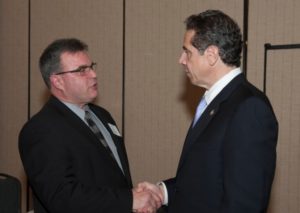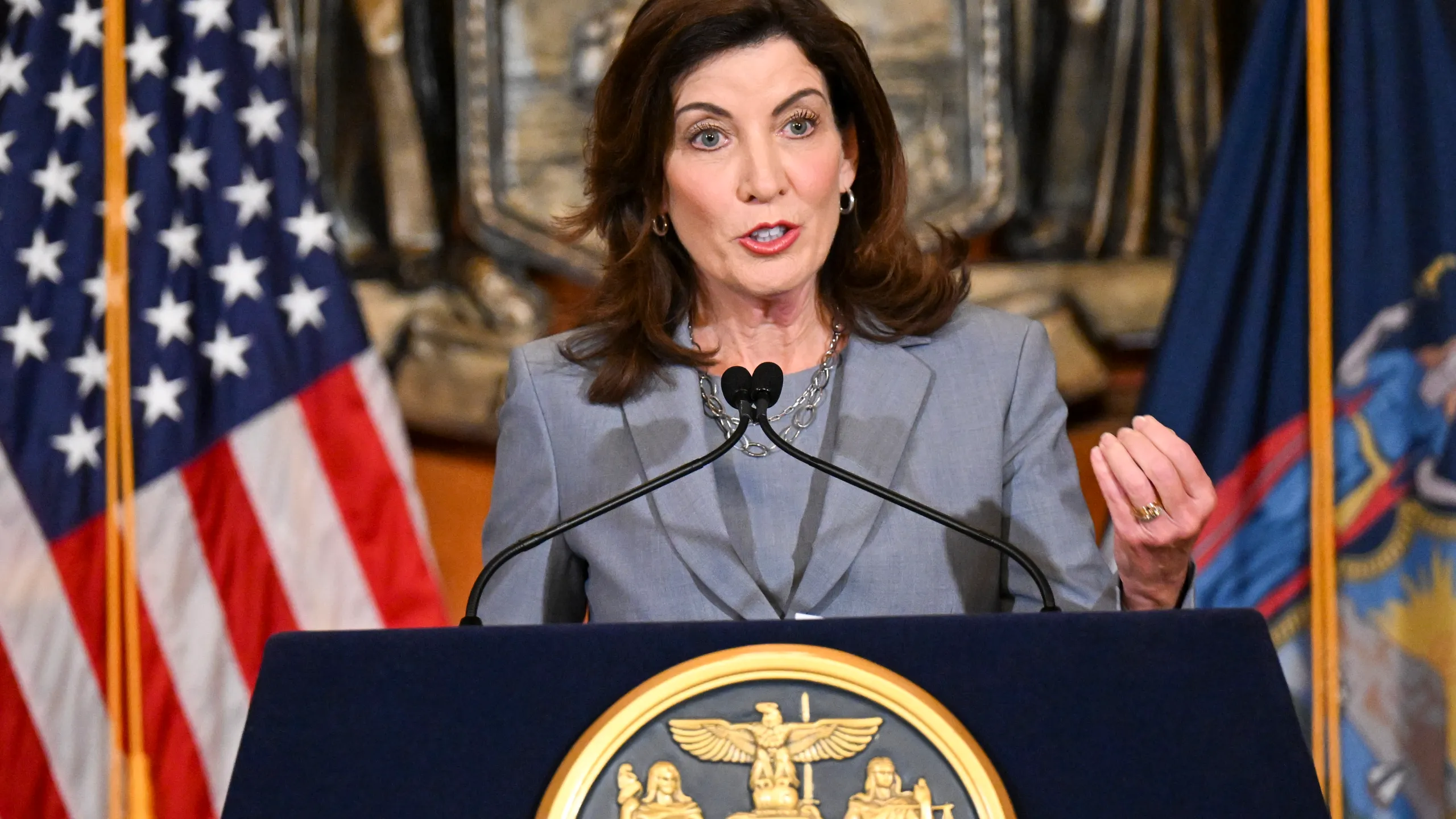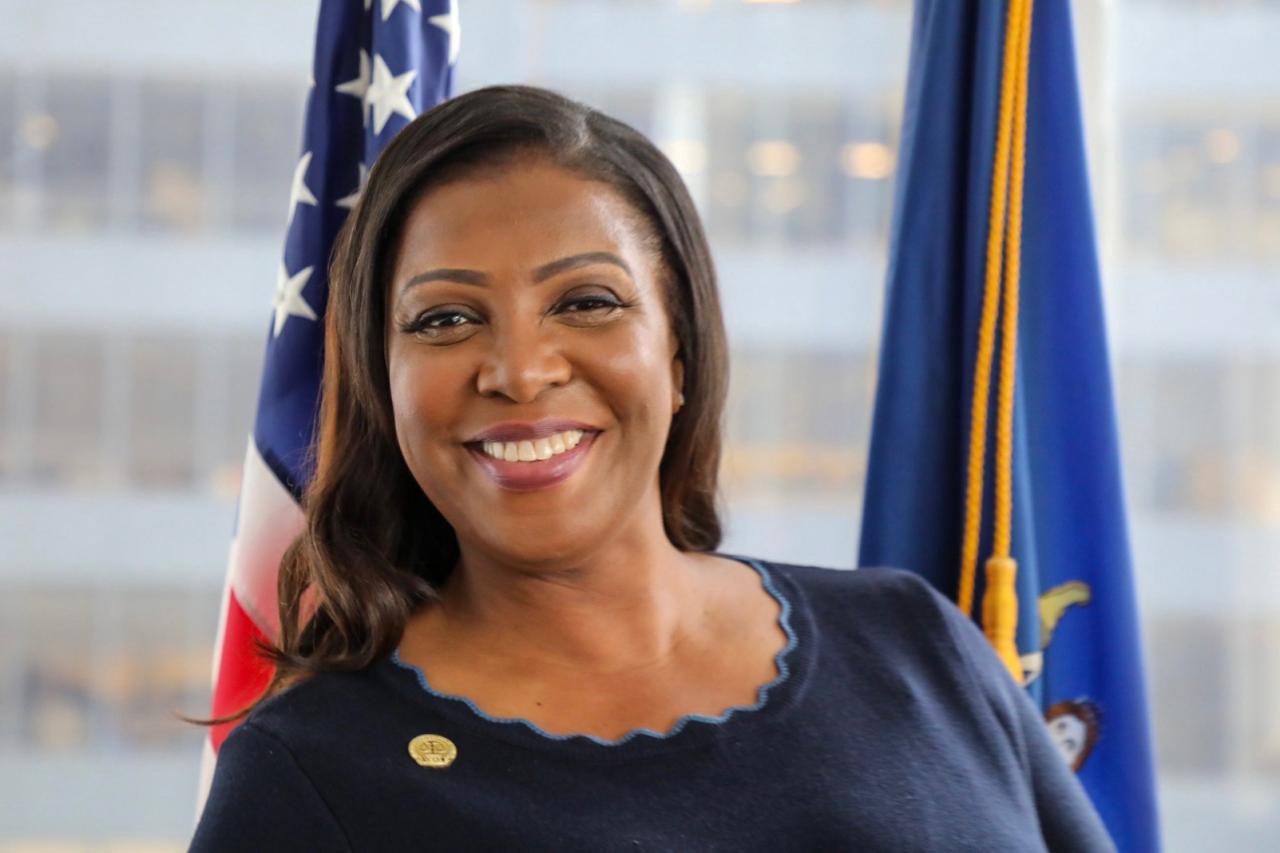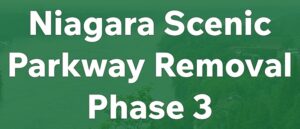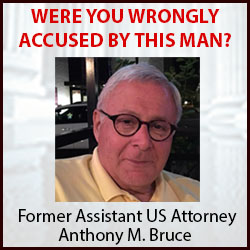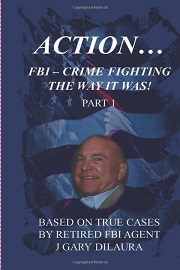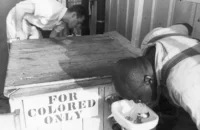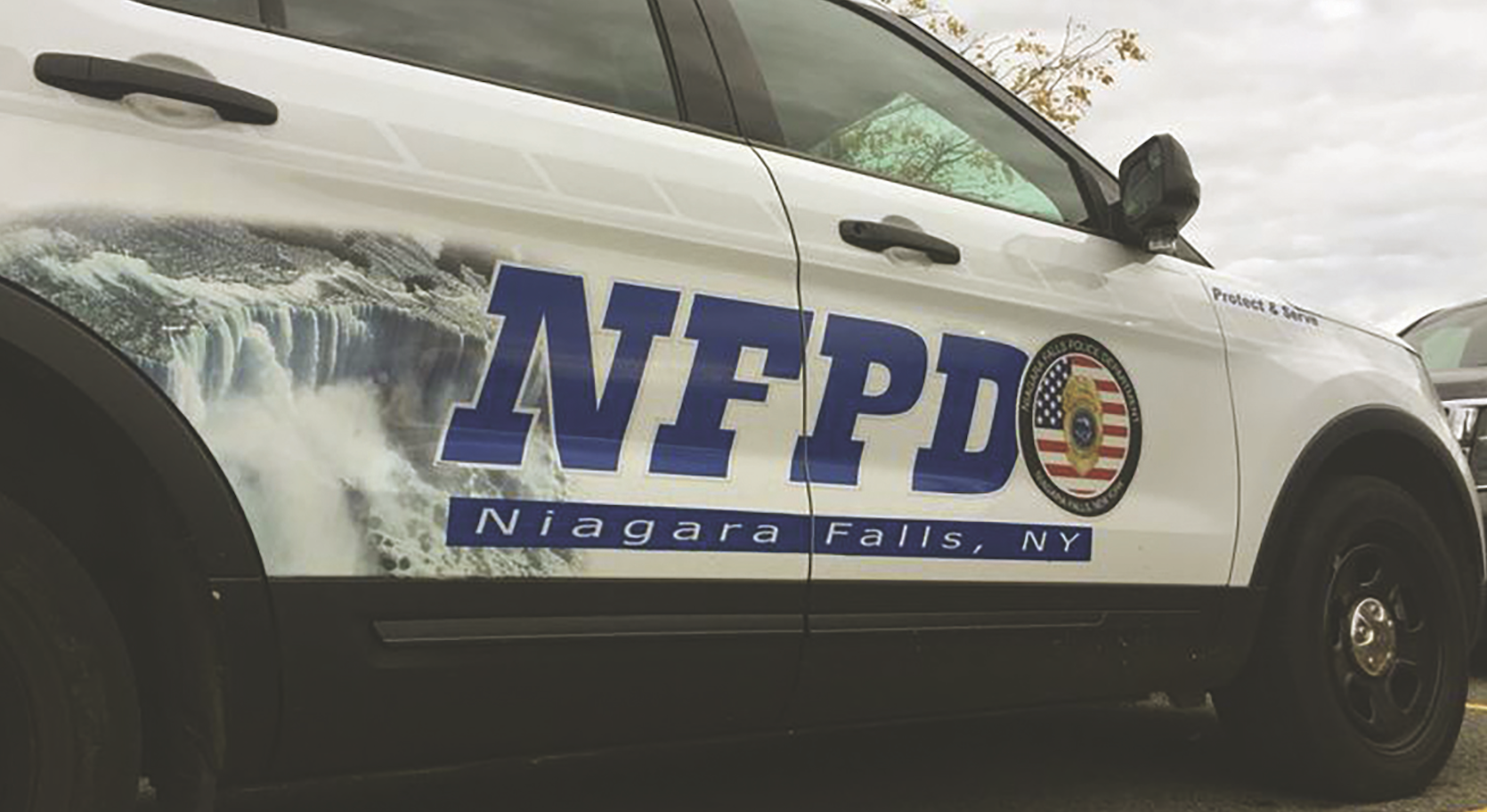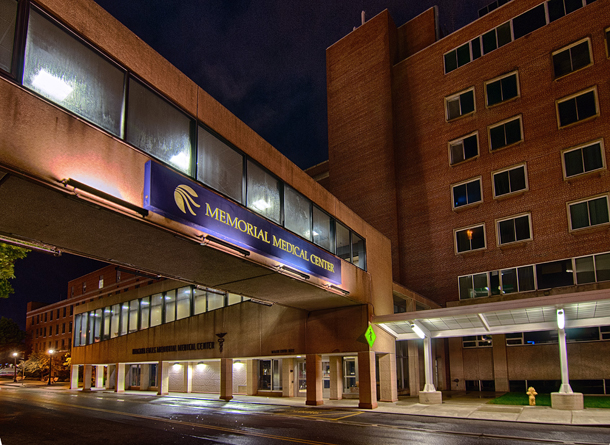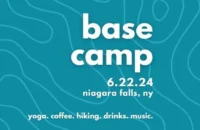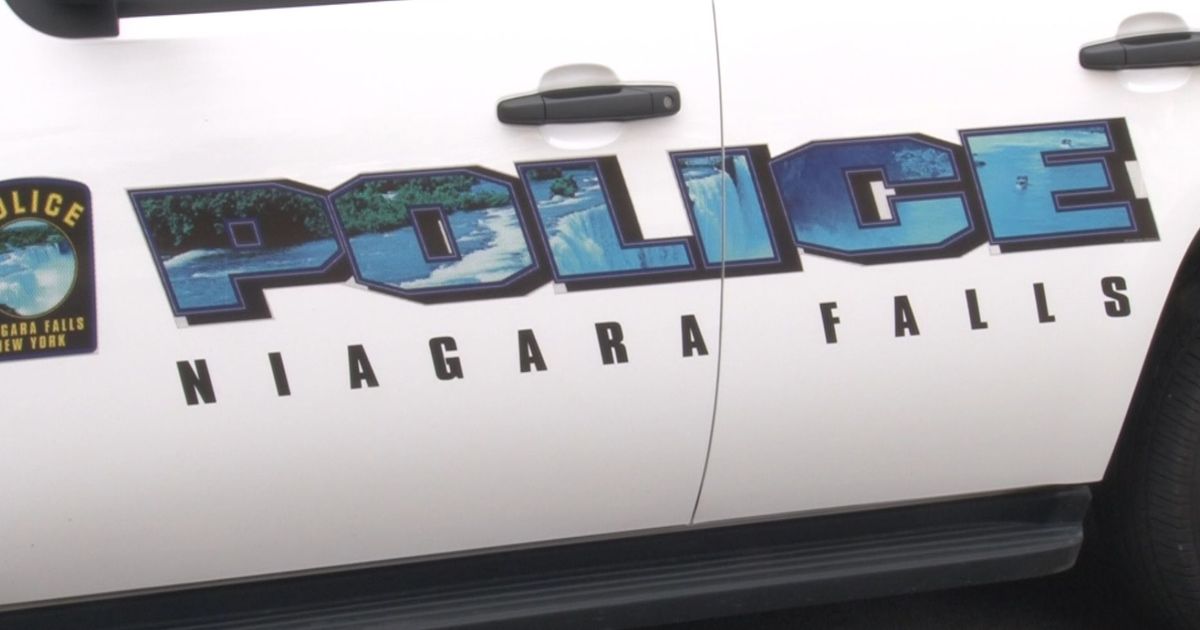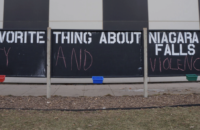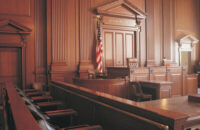Ever since 2002, when then city councilman and now Niagara Falls Mayor Paul Dyster spearheaded the creation of the Water Board here, it’s been one excuse after another.
No water service to your house for months on end? Not our problem, the Water Board said. Sewage backing up in your basement? Call a plumber. The stench from the Buffalo Avenue Wastewater Treatment Plant pervading the surrounding neighborhood? Of course it’s gonna stink, it’s summer.
Meanwhile, a series of constant rate increases has contributed to a multimillion dollar surplus in the Water Board’s slush fund.
Or should we say “sludge fund”?
But no fewer than five incidents since July, involving the discharge of millions of gallons of raw, untreated sewage into the Niagara River, seems to have brought matters to a head.
Water Board member Nick Forster came clean this week and told City Council members that nothing less than a cash infusion of at least $120 million would stanch the bleeding.
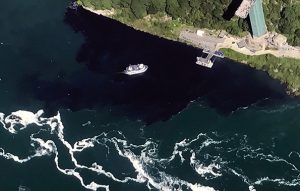
The offensive blackwater discharge into the Niagara River nauseated thousands of tourists on the Maid of the Mist and surrounding parkland.
To be fair, Mr. Forster has only been on the Water Board since January. But $120 million problems don’t happen overnight. The real question is why didn’t the board bring any of this up before the crisis developed this past tourist season.
Mr. Forster offered “my personal apologies and that of the whole board for any harm caused the city and tourists by the inky black water discharges into the Niagara River.”
The whole thing started on July 29 when, the Water Board claims, a worker failed to follow verbal instructions during the process of dewatering a sewage sediment basin.
The pump ran too long and caused the release of the discolored water, according to the board’s report to the Department of Environmental Conservation.
The Water Board can’t even get it stories straight. An earlier statement said a worker left his post during the procedure to help with a problem elsewhere in the sewer plant.
Thousands of tourists were exposed to the black, smelly sewer residue from the Falls Street Tunnel, a discharge pipe located near the Maid of the Mist dock in the Niagara River Gorge below the Falls.
An aerial video of the black cloud, shot by a pilot for Rainbow Air, a helicopter tour company, went viral on the internet.
The DEC concluded that the Water Board had violated water quality standards.
On Sept. 14, Gov. Andrew M. Cuomo came to Niagara Falls to announce that the DEC was fining the Water Board a measly $75,000.
Since then, there have been four additional overflows, the most recent blamed on what the National Weather Service reported to be a half inch of rain in the city.
“In wet weather events we’re going to continue to overflow. We can’t stop it. We have no place to put the water,” said Mr. Forster. “We’re going to have put in tanks that are 30 million gallons. We don’t have the property that we can grab, nor the money.”
Mr. Forster estimated the cost of fixing the problem at $120 million.
“If we had the money today and the shovel tomorrow, we’re still talking five years down the road,” he said. “So unfortunately, this issue of the Niagara Falls wastewater treatment plant and overflows are going to continue.”

